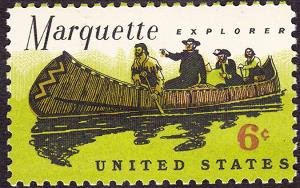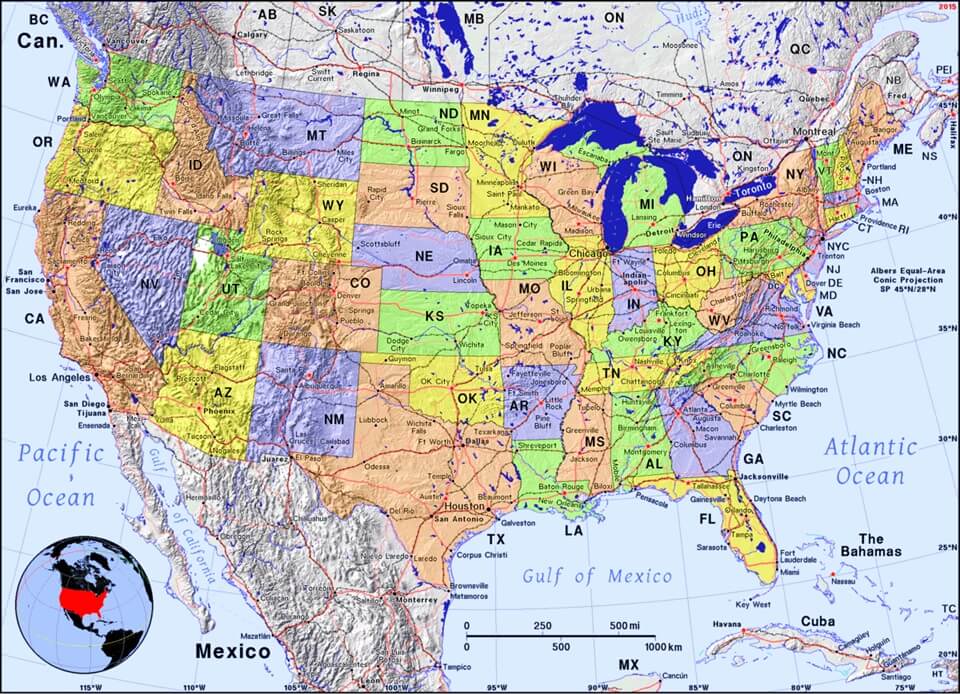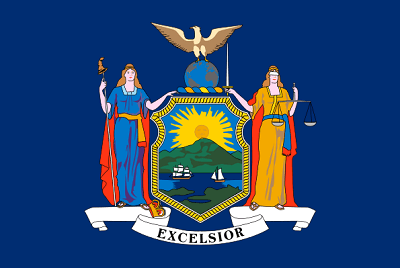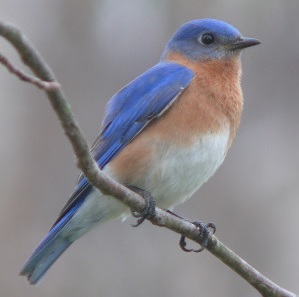 Stories of Great Americans for Little Americans
Stories of Great Americans
Stories of Great Americans for Little Americans
Stories of Great Americans



 Stories of Great Americans for Little Americans
Stories of Great Americans
Stories of Great Americans for Little Americans
Stories of Great Americans

Study the lesson for one week.
Over the week:
The United States of America is divided into smaller regions called states. In the story, Marquette and Joliet traveled through the land that became the states of Wisconsin and Iowa.
Zoom in and find Wisconsin (WI) and Iowa (IA) on the map of the continental United States below. Do you live in or near these states?

Facts about states:
For example, the motto, flag, bird of New York State are:


Activity 1: Narrate the Story
Activity 2: Act Out the Story
Activity 5: Study the Story Picture
Study the painting below of Father Marquette and the American Indians. Zoom in to see the details, and find the following:
Why is Father Marquette dressed in a black robe? (Marquette is a priest.)
What is Father Marquette standing in? (Marquette stands in a canoe.)
What is Father Marquette pointing at? (Marquette points down the river, where he will most likely be journeying.)
What do the American Indian men wear in their hair? (The American Indian men wear feathers in their hair.)
